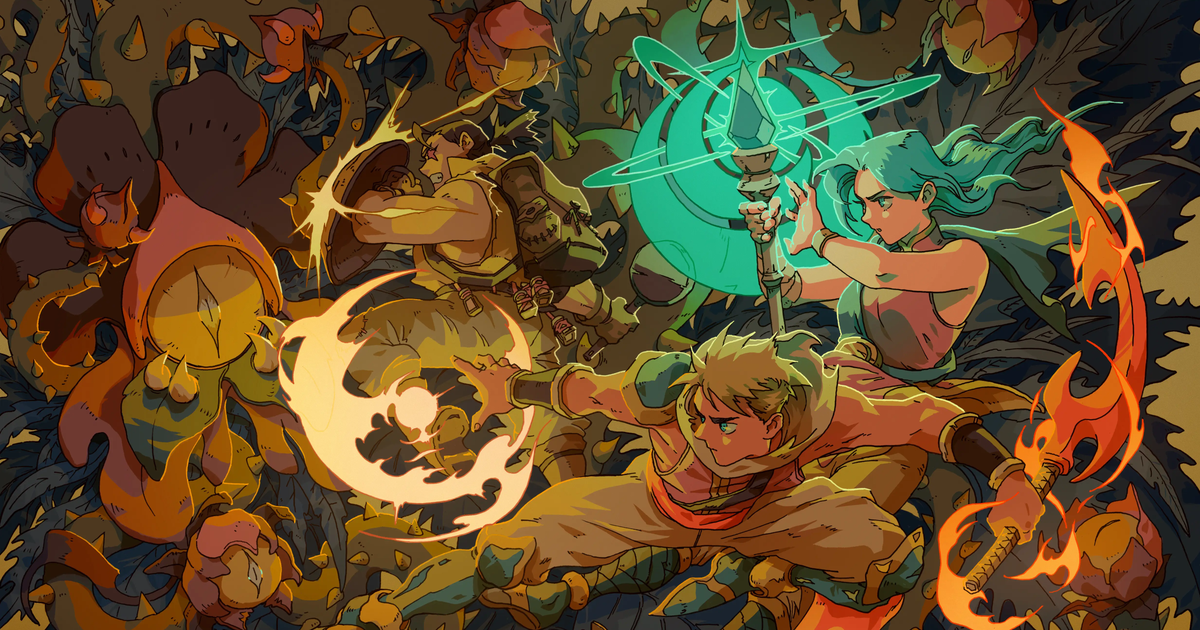Ed Nightingale
Curated From www.eurogamer.net Check Them Out For More Content.
“I remember entering the forest in the first area of the game. Just the music, the way the music enveloped the game, it was the first time I actually felt this connection: how the audio was completing the experience and how immersive it made it.”
That’s Sea of Stars director Thierry Boulanger describing his experience of Chrono Trigger. He’s a big fan of Square Enix’s iconic 1995 RPG and its memorable score. It made such an impression on Boulanger that it directly inspired Sea of Stars, the latest retro-styled game from Sabotage Studio.
Sea of Stars is an impeccable example of how to capture nostalgia. From its pixel graphics to its action-oriented turn-based battles, it riffs on the best RPGs of the 16-bit generation, eschewing the complex systems and branching narratives of modern games of the genre for a concise, streamlined approach with one foot in the past and another in the present.
For me, though, it’s the music that truly captures that 90s feel. The chiptune sounds. The emphasis on melody. The charming, apparent simplicity. Memories of multiple classics came flooding back to me, warming my heart. As Boulanger described above, the audio really does complete the experience.
The music of Sea of Stars was composed by Eric W. Brown, known as Rainbowdragoneyes for his chiptune music, and also for being part of metal band Nekrogoblikon. In fact, Brown is busy on tour when we catch up to discuss Sea of Stars.
Final Fantasy 7 was his first RPG rather than Chrono Trigger – before that he was a Sega kid, something else we bond over. “Sonic the Hedgehog in particular, that was the first game I could recall where the music really stood out as ‘oh wow, this is a thing’,” he says. “It was just so catchy and funky”.
For Sea of Stars, though, both Brown and Boulanger wanted to capture the magic of Chrono Trigger. To do that, Brown literally tracked down the specific sound samples used in that game to ensure retro authenticity, searching across the internet to find the keyboards each sound came from.
“My starting template was pretty much all of the sounds from Chrono Trigger just as a direct inspiration for [Sea of Stars],” he says. “To get a baseline, I had all the instruments pulled up and started a new project, then I worked off of that and added more layers.”
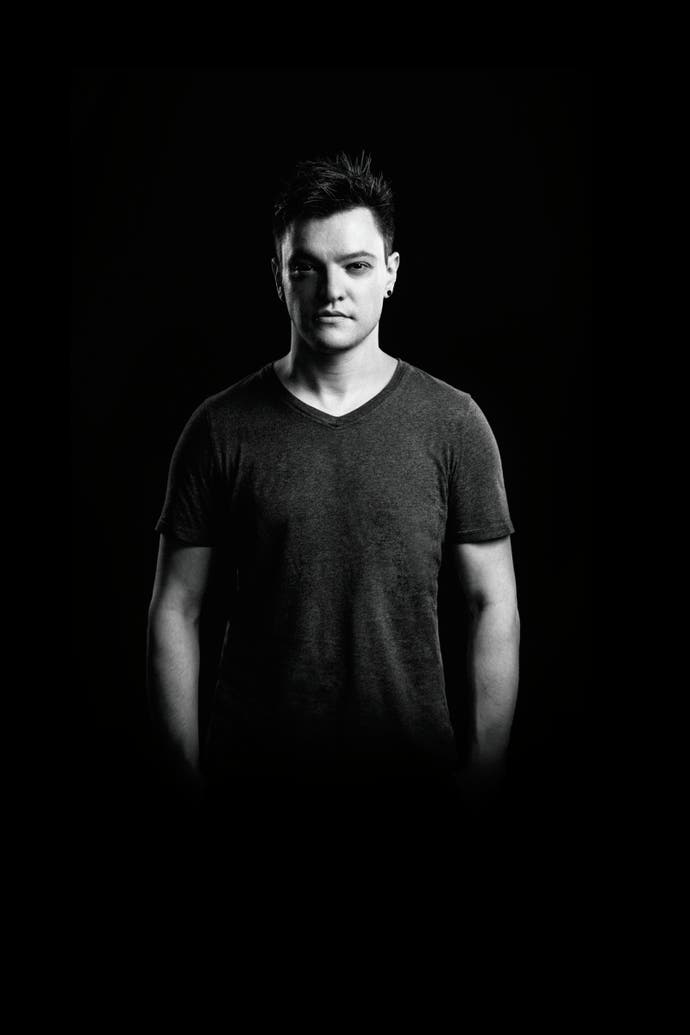
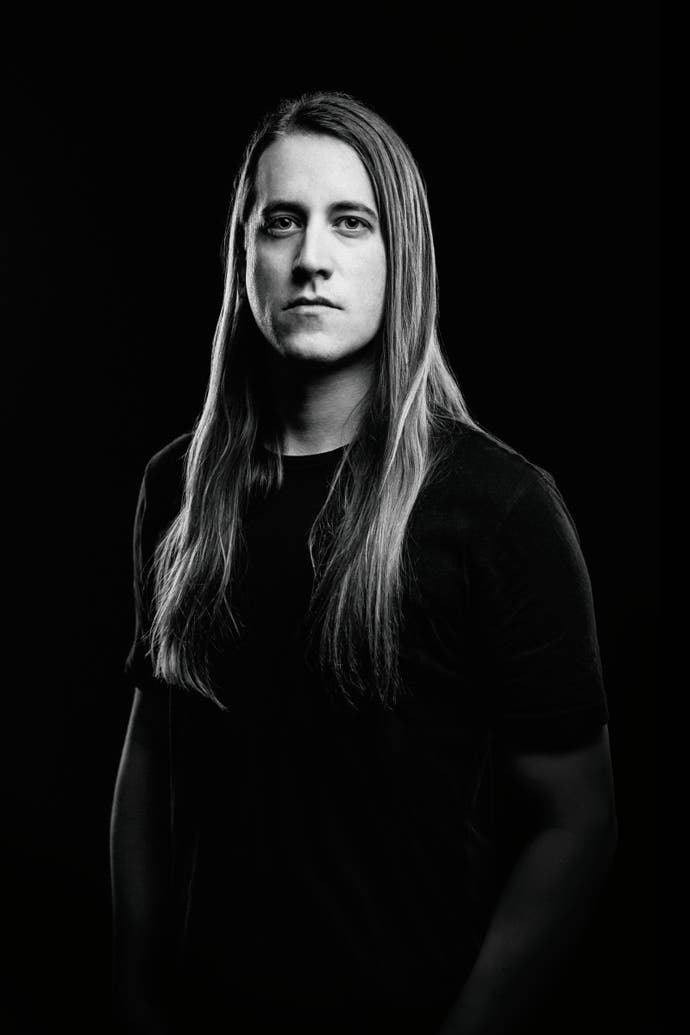
What’s more, Chrono Trigger original composer Yasunori Mitsuda was brought on to provide contributions to the score.
“It was unreal, because for a long time, it was just part of the pipe dream that I was rambling about, of all the things that would never happen,” says Boulanger. “And then you shoot your shot. We just sent a polite email with a pitch deck for the game and the samples of what Eric was working on. And he just said yes.”
Mitsuda provided a number of complete pieces based on what the team required: a battle theme, for instance, as well as Serai’s theme – the character Mitsuda identified with most.
“It was more of an indirect collaboration in terms of me working with him,” says Brown. “Thierry and I sat down and went over all the different tracks that we wanted to get from him. We definitely needed a town theme, a boss theme. He really connected with the story and characters in the game.
“The part I thought was very cool was just him really wanting to fit in with the vision of the game rather than ‘I’m gonna do my own thing’.”
That’s certainly true playing through the game. I mention how the score sounds consistent despite its multiple composers, which Brown is surprised to hear. Boulanger chimes in: “I think that’s credit to you Eric.”
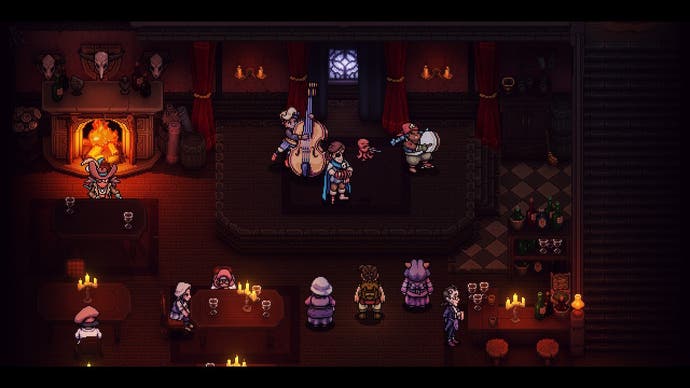
So what is it about those old scores – from Mitsuda and others – that current composers can learn from? “Retro games, they would be so simple in their design. And music was no exception,” says Brown. “Rather than just striving to create this epic cinematic masterpiece, maybe focus on the core values of what makes the game fun and captivating.”
Indeed, composers from the 90s had far more limitations to work within when composing game scores. “Limitations breed creativity,” says Brown. “I think that was a big part of playing those games growing up. We didn’t know they were limitations back then, it was just how things were. But as things evolve, going back to that – setting some strict limitations – is a creative device rather than an actual limitation of hardware and software.”
Brown describes the Sea of Stars sound as “SNES plus plus”, as a lot of the melodies are played by “essentially Super Nintendo instruments” with loose limitations comparable to the original hardware. The most important element of the score, though, are those melodies. With old consoles having limited sound channels for music, composers only had a handful of layers to work with. It meant having a good tune was imperative.
“The melody is important because there’s no lyrics to the song so you need something to latch on to,” says Brown. “All the songs have varied sound structures in terms of how they build and break down, but in general they need to be able to loop. That is the essence of creating video game music.
“Melody is important because that’s the hook, that’s what you’re going to be singing to yourself in the shower.”
One hook that sticks with me from Sea of Stars is the level up music, which always had me bopping as I selected which stats to improve. Brown tells me it’s actually taken from The Sunken Shrine theme from previous game The Messenger. “There’s lore implications to that,” he says, perhaps something that will be revealed in the forthcoming DLC.
Once the melodies were written, Brown used a signature instrument for each island on the map to create distinction. For instance, Sleeper Island features a giant dragon who’s kept asleep due to winds blowing through the mountains. Wind instruments – pan flutes especially – were an obvious choice to provide character. Wraith Island, meanwhile, has a more haunting and creepy atmosphere due to its chimes and sinuous melodies.
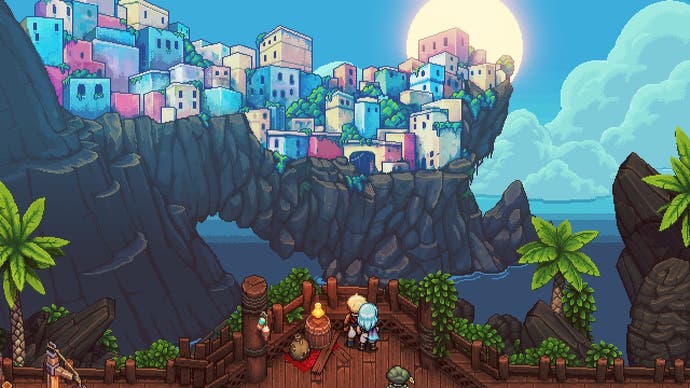
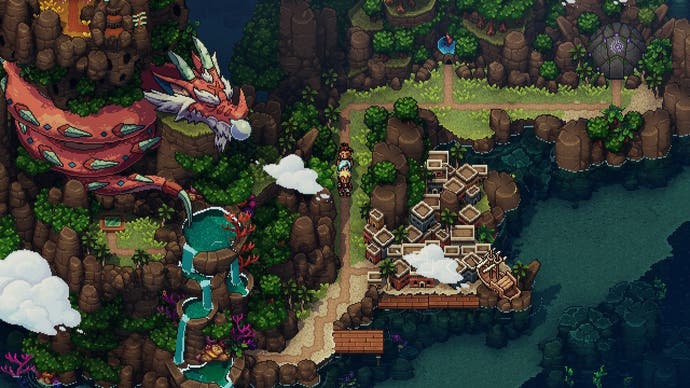
Replicating the music – plus visuals and gameplay – of retro games certainly links to the past. But Boulanger explains capturing nostalgia is more nebulous, about a feeling, the “essence of what made these games sing”.
“We don’t make it a super strict mandate that it has to be something that could technically have worked in the past,” he says. “But rather, it has to feel like what we remember of those games. There’s not a clear set of rules – if we’re not feeling it, we re-work things here and there. We really make sure it doesn’t feel like a game from this year, but rather it takes you back while you’re playing.”
What is it about music in particular that inspires such a strong sense of nostalgia? Brown speaks of his work as a chiptune composer over the past 15 years.
“The essence of chiptune music is giving you nostalgia for what it sounds like even though you’ve never heard the song before,” he says. “I’m big on nostalgia and retro this and that. I think it reminds us of a simpler time.”
Boulanger, meanwhile, describes music as like “guard rails” to keep you on the emotional journey and make the experience complete, whether it accompanies basic grey blocks early on, or is added much later during programming.
“[Music] just grabs you and sometimes before you realise it, it has the jump on the player,” he says. “Once you hear everything connecting as you do, the kinetics of the game really come together. It really does ground the experience and makes it complete. There’s a certain flavour to your game – in this case, let’s say nostalgia – [music] will reaffirm that.”
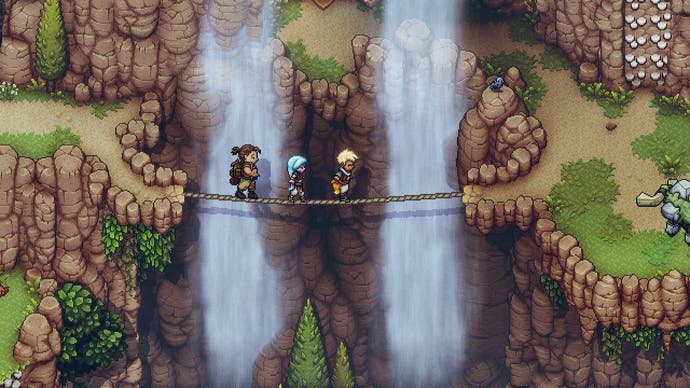
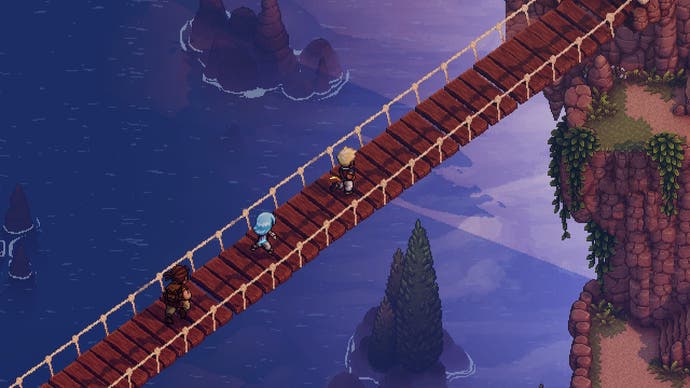
And while nothing is off the table for the studio’s future, Boulanger believes Sabotage has found its niche in retro games that play on nostalgia.
“Our thing is to modernise the presentation and the mechanics,” he says. “We want to make games that fit within our memory of retro games, so something we play today that sits with how we think these games felt back in the day.”
He speaks of giving modern players a “vacation within their gaming careers”. “We see a lot of that in our community, that they’re pointing to either references or ways things used to be done and then they’re happy that they got to do something again, or experience a certain flavour again that seems to have been lost to time,” he says.
“A lot of what we’ve been talking about is what we can do when we go from limitations – I think there’s a unique flavour that emerges. I think for my part, and I can speak for most of the team, there’s still a lot where that came from.”

